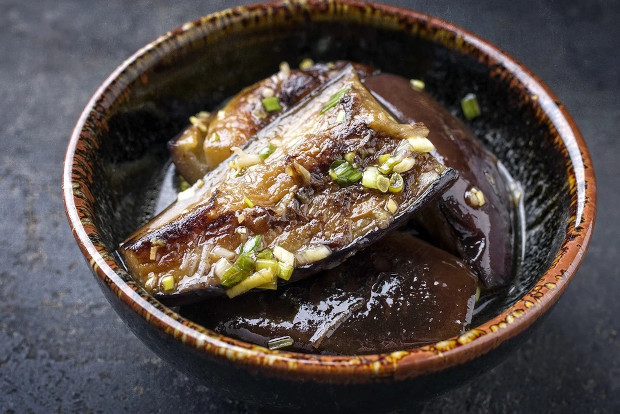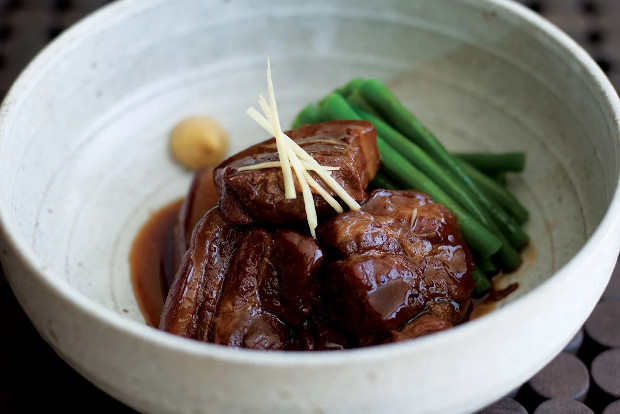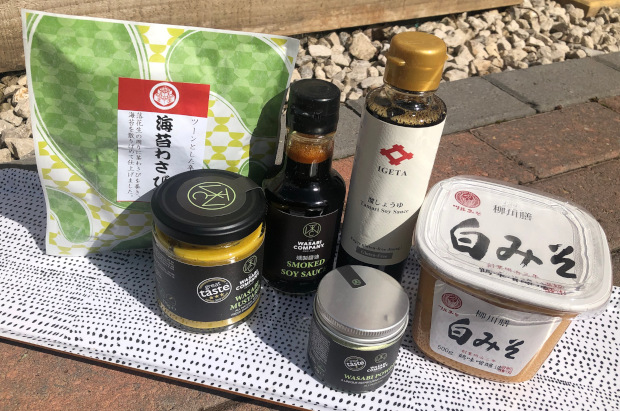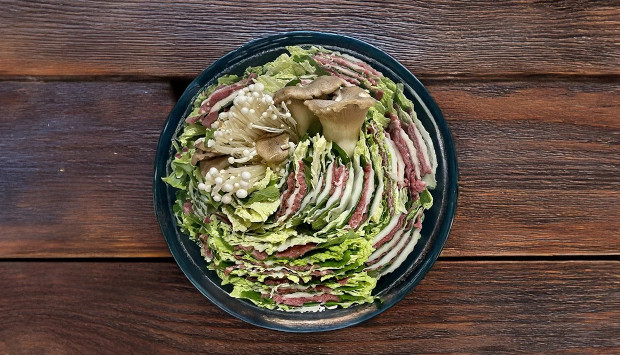All You Need to Know About Kokumi – The Secret to More Rich and Complex Flavours

Kokumi – The Secret to More Rich and Complex Flavours | AD
We all know about the five tastes: salty, sweet, sour, bitter, and even umami, but have you heard of kokumi? If you are ready to take your cooking to the next level, then you need to know about kokumi. In the below article, we explore this flavour sensation with the help of Japanese-culinary experts The Wasabi Company. Read on to learn more.
Ready for a sixth taste?
You are most likely familiar with the sensations of the regular five flavour profiles: the tang of bitterness, the addictiveness of sugar, the satisfying saltiness, the refreshing tang of sour, and the deep savoury flavour of umami. Enter kokumi as a new taste to explore. Kokumi is often described as a secret ingredient and has become a popular way to create deeper and richer flavours in the kitchen for chefs and foodies alike.

What is Kokumi?
Though kokumi has only recently gained attention in the western world, it’s been a part of Japanese culinary traditions for centuries. The word itself means rich (from “koku”) and taste (from “mi”). Unlike the flavour profiles mentioned above, kokumi is not technically a taste – it’s actually a flavour modifier. This means that it provides a more complete tasting experience by enhancing the overall taste of the food, rounding out and intensifying other flavours. Kokumi embodies characteristics such as mouthfulness, continuity, and even craveability – it can really transform a dish and we’ll show you how below.
The science behind kokumi
Let’s quickly explore the science behind kokumi. Kokumi is formed by glutamyl peptides which are compounds that form naturally during the breakdown of proteins in aged and fermented foods. When consumed, these peptides interact with calcium receptors on our tongue. They send amplified signals to the brain and enhance the depths of the flavour that we’re tasting. The signal can be compared to a shot of adrenaline to the brain which enhances flavours – mushrooms become earthier, chicken richer, beef meatier, and broths more complex.

Which foods contain kokumi?
Kokumi occurs naturally in fermented and aged foods like soy, miso, aged cheeses, yeast extracts, and fermented fish sauces. By adding these to the right dishes, you can enjoy a more rounded flavour as well as more richness and depth. There are lots of kokumi-rich products available from The Wasabi Company. Above, you can see soy sauces and miso which are both rich in kokumi along with some delicious wasabi-themed condiments and treats from The Wasabi Company.
How to enhance your dishes with kokumi
If you are curious about kokumi, you’ll find lots of tips below for how you can use kokumi to transform your dishes:
- Incorporate fermented and aged ingredients to your dishes. A sprinkle of aged cheese, or a dash of miso or soy sauce added to a sauce or broth will enhance both depth and intensity of the flavours. Nutritional yeast is a great alternative to cheese for plant-based or meat-free dishes.
- Slow cook for maximum flavour. To maximise flavour, turn the heat down and cook slowly. Or pop all your ingredients in the slow cooker if you have one and let it do the hard work. Sous vide is also a great option. The longer cooking times allow the peptides that result in kokumi flavours to develop, which further enhances the ‘fullness’ of stews, braises, and reductions. So let your food simmer low and slow to intensify the effects of kokumi in both meat and vegetable dishes.
- Pair with umami-rich ingredients. Kokumi and umami are best friends. Pair kokumi-rich ingredients with foods high in glutamates such as tomatoes, mushrooms, aged meats, and anchovies. Adding kokumi rich ingredients is a great way to give vegetable-based dishes a flavour boost to give the rich flavour that often comes from animal ingredients.
- Enhance the ‘mouthfeel’ in low-fat or low-sodium dishes. If you are watching your salt or fat intake, you can use kokumi to recreate that rich sensation within plant-based dishes or meals cooked with reduced-fat dairy products. With kokumi, you can still enjoy that depth of flavour when eating low-sodium, low-fat, and more health-conscious dishes.

Kokumi recipes
Head over to The Wasabi Company’s recipe section to explore lots of exciting recipes. In the images of this blog post, you can see the following kokumi-rich dishes:
- Nasu no Karashi-zuke
- Buta-Kakuni
- Mille-Feuille Nabe (Layered Hot Pot)
Collaboration.




